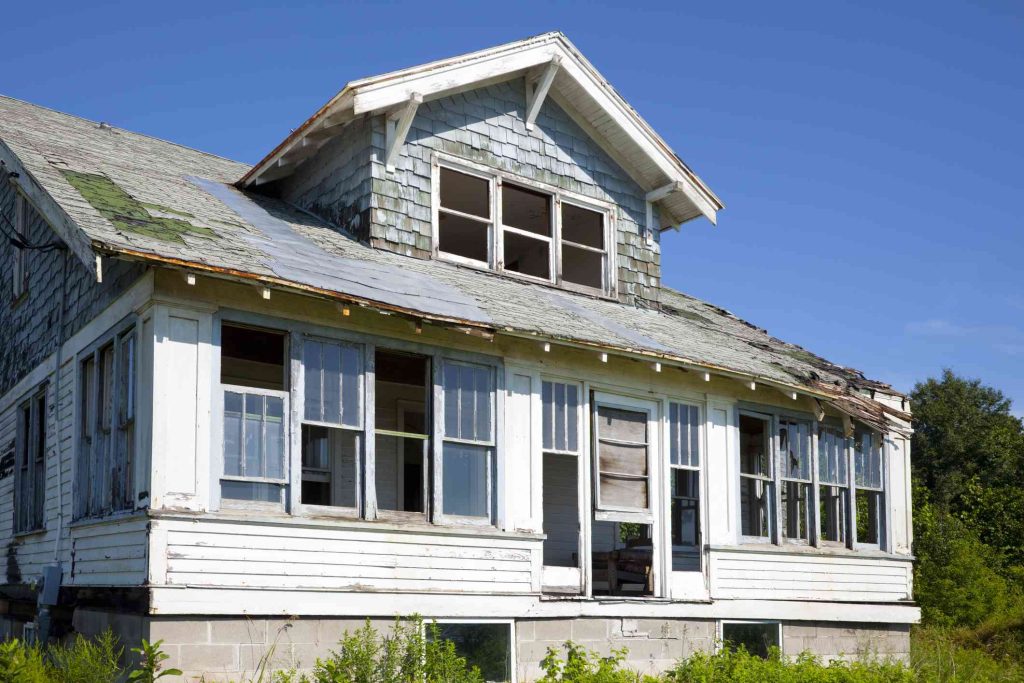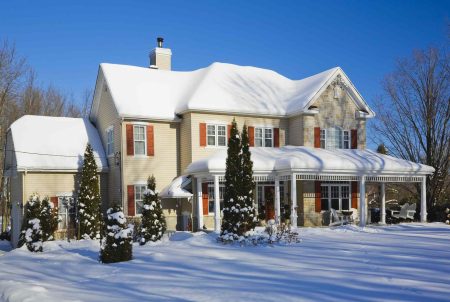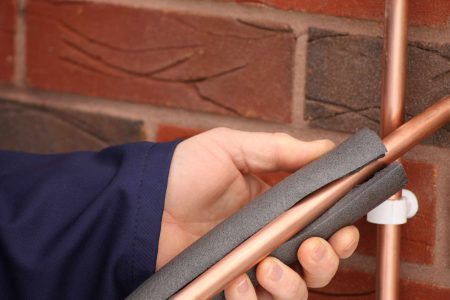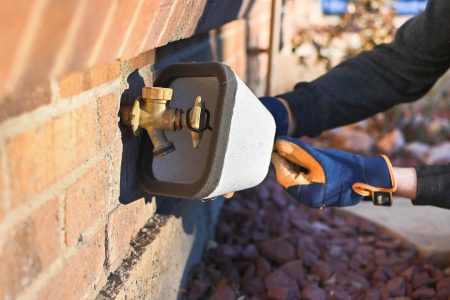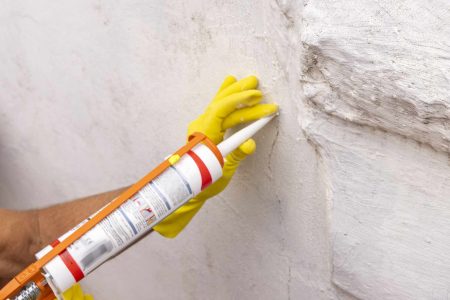Just about anytime is a good time to buy a fixer-upper, especially if you acquire the property for a lot less than everything else around it. Unlike other residential properties, fixer-upper prices aren’t as reliant on the temperature of the local real estate market—be it hot, cold, or neutral. The secret to making the right investment is choosing the right property the first time, getting the place checked out by a host of specialized inspectors, and learning how to evaluate the repairs it needs.
The Ideal Fixer-Upper
The perfect fixer-upper is the home that everybody will want in the future but nobody wants it right now. Many imperfections that turn people off—peeling paint, worn carpets, or dated fixtures—are easily correctable. Blemishes are tough to see past, and those homes often languish on the market since most homebuyers, especially first-timers, demand a turnkey, move-in-ready home in pristine condition.
Remember, if you make a purchase offer for a fixer-upper at the right price, you start making money the day you close. And that’s even before you consider the potential for big resale profit. The time to think about selling is the day you buy, especially if you have no immediate plans to move.
Another vital point to remember is that not all fixer-uppers have potential. Whether a particular ugly duckling house can turn into a swan depends on several factors.
Location
One of the most significant factors when buying a house is the location. Don’t buy a fixer-upper situated on a busy intersection, next to a school, or across the street from an entrance to a landfill. These examples of undesirable spots sink even tip-top houses. Seek out fixers in appealing and up-and-coming neighborhoods. Examine the surrounding homes and how they are maintained. Do most of the homes look well-cared-for and owner-occupied?
Layout
Next, focus on the home’s configuration. The best type of fixer-upper to buy is one that will appeal to the largest pool of buyers: a three-bedroom with more than one bath.
A two-bedroom home can be profitable, especially if that’s the dominant size of homes in the neighborhood, but a three-bedroom house is a cut above. And, if three bedrooms are better, a four-bedroom home tops that. Three-bedroom buyers often will trade up to a four-bedroom house.
The layout should flow. If the home is saddled with a bad floor plan, realize that it can be expensive or impractical to move walls. Bedrooms at opposite ends of the house will turn off buyers with young children, as will a two-story with the primary bedroom upstairs and all the other bedrooms downstairs. Kitchens with more than one entrance are desirable. Avoid home layouts that make the dining room the central focal point of the home.
Condition
A fixer-upper needs work, but some issues are worse (more expensive) than others. You need to separate the cosmetic problems from more fundamental ones.
Easy fixes include:
- Patching walls, stripping wallpaper, and painting
- Refinishing floors or laying tile or carpet
- Installing ceiling fans and new light fixtures
- Replacing baseboards or adding trim
- Fixing broken windows
- Replacing bathroom subfloors due to leaky toilet seals
- Refacing or painting kitchen cabinets or installing new ones
- Replacing doors
- Changing out outlets and light switches
- Painting the exterior
- Adding a deck
More expensive fixes include:
- Replacing HVAC systems or adding central air conditioning
- Shoring up foundations
- Reroofing, when it involves a tear-off
- Replacing all plumbing, sewer lines, and electrical wiring
- Pouring concrete for driveways, sidewalks, or steps
- Installing replacement windows throughout
- Complete kitchen or bath remodels
- Building garages or additions
Inspections for Fixer-Upper Homes
In any real estate transaction, always get a home inspection by a credentialed home inspector before committing to complete the sale. There are many types of home inspections that you should review before buying a fixer-upper. Consider these checks as a necessary cost for getting a good deal:
- Roof certifications: If the seller hasn’t already provided evidence as to the age and condition of the roof, obtain a roof certification at the seller’s expense.
- Home warranty: Not all sellers will pay for a home warranty but some might want one instead of getting late-night phone calls if things break after closing.
- Pest inspections: This might be essential if your area deals with damage from beetles, termites, or ants. Ask for a pest inspection and make your purchase offer contingent on your approval of the report and any seller-paid repairs.
- Sewer line inspections: As properties age, so do the sewer lines. Get the lines and septic tanks checked.
- Engineering reports. An engineer makes natural hazard or geological disclosures. Pay attention to landfills nearby, contamination reports, and other detrimental resale hazards.
Not all fixer-uppers require the same amount of rehab; it’s all subjective. It depends on you and what you want. Before you buy, consider your remodeling expertise, your finances, and how much you want or need to renovate a home to make it habitable.
At the time of writing, Elizabeth Weintraub, DRE # 00697006, was a Broker-Associate at Lyon Real Estate in Sacramento, California.
Read the full article here



